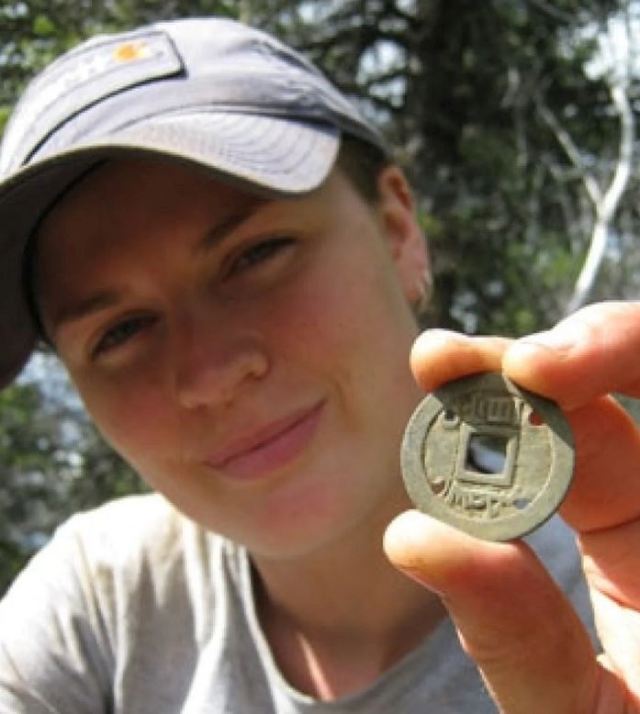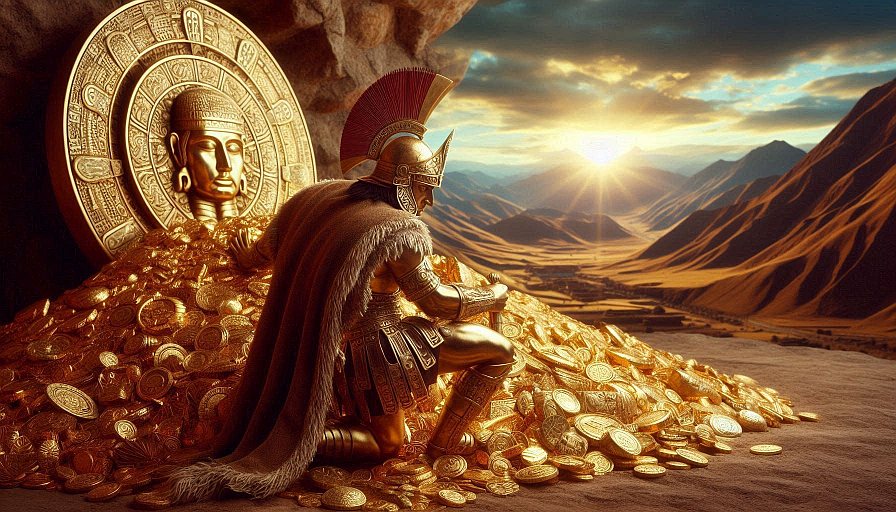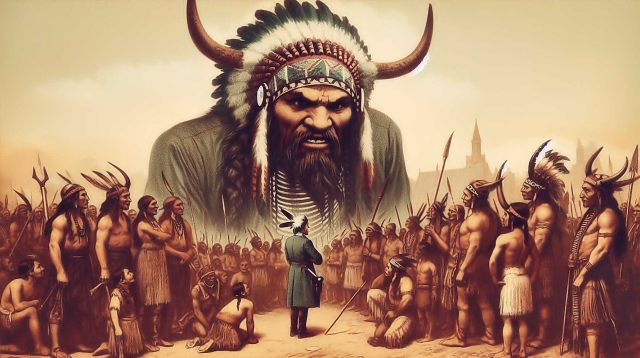
In July 2011, a Chinese coin from the Qing Dynasty of the reign of Manchu Emperor Kangxi, cast between 1667 and 1671, was found in Canada’s Yukon Territory, northwest of Carmarks, near gold rush trials. The gold rush trials started over two centuries later in 1898 when people headed to Dawson City and the Klondike gold fields. The Kanaxi coin is a brass coin, made of 60% copper and 40% zinc and has a square hole in the middle, made for stringing to carry. The 1600’s coin was by an archeology team near a proposed gold mine site about 185 miles northwest of Whitehorse in Canada’s Yukon Territory. James Mooney, from Ecofur Consulting Ltd. is the archeologist who discovered that coin.

Before that Chinese coin’s discovery, another middle squared holed Chinese coin was unearthed in 1993 in the Yukon, dating from 1724 to 1735, during the reign of Emperor Yirzhen.
And in 1993, in the Yukon, a third middle squared holed Chinese coin was found, near a gold rush trial by Beaver Creek, amazingly dating from 1403 to 1424, during the reign of Emperor Cheng Zu. The coin also featured the description “yong te tong bao” meaning ” happiness forever “.
In the summer of 1882, a miner found on DeFoe (Deorsez) creek, Cassiar district, British Columbia, 30 bright Chinese coins from the Song Dynasty (Ad 960 -1297). They were found in sand, 25 feet deep with the sand appearing to have had no disturbances.
In 1885, on the Cassiar District, British Columbia, a vase was discovered by the First Nations People that was buried in the ground and interwoven with tree roots and contained Chinese coins similar to those found in the area in 1882. There was also a Chinese good luck amulet that is coin like in appearance. A Chinese inscription in it reads: “that whoever the spirit of this charm shall visit, all devils shall be exterminated.”
Some Chinese coins were acquired through trade with the Chinese for the goods brought back by Russian fur traders over the past few centuries. The Russians traded goods in exchange for furs. Such goods included glass beads, silks, and coins. The Tlingit then traded the epic items with the Athapasen First Nations People.

The Chinese coin from 1667-1671 was found on a bluff overlooking a river, a spot ideal for a camping site. That coin was discovered near stone chips, indicating prehistoric tools were being sharpened-with no whiskey bottles, tin cans or historical artifacts being found nearby.
Many more centuries old Chinese coins have been found from sites along Alaska’s coast.
Chinese coins have been used by Canadian Indians as decoration or sewn into layers as metal blocks to protect warriors from arrows. In a retrieved artifact, over 200 Chinese squared hole coins were used in chest armor. This coin laden vest is on display at the American Museum of Natural History, after it was acquired by the famous anthropologist Franz Boaz.
Sometimes the Tlingit valued the Chinese coins as trinkets and good luck charms and were held together by string or rope and worn or carried about by a person. Other times Chinese coins were sewed onto doorposts and were attached to house ridge posts door, or gates to protect against evil spirits.
For more information:
https://www.cbc.ca/news/canada/north/17th-century-chinese-coin-found-in-yukon-1.1072367
https://www.mintageworld.com/media/detail/1214-qing-dynasty-good-luck-coins-found-in-canada/


